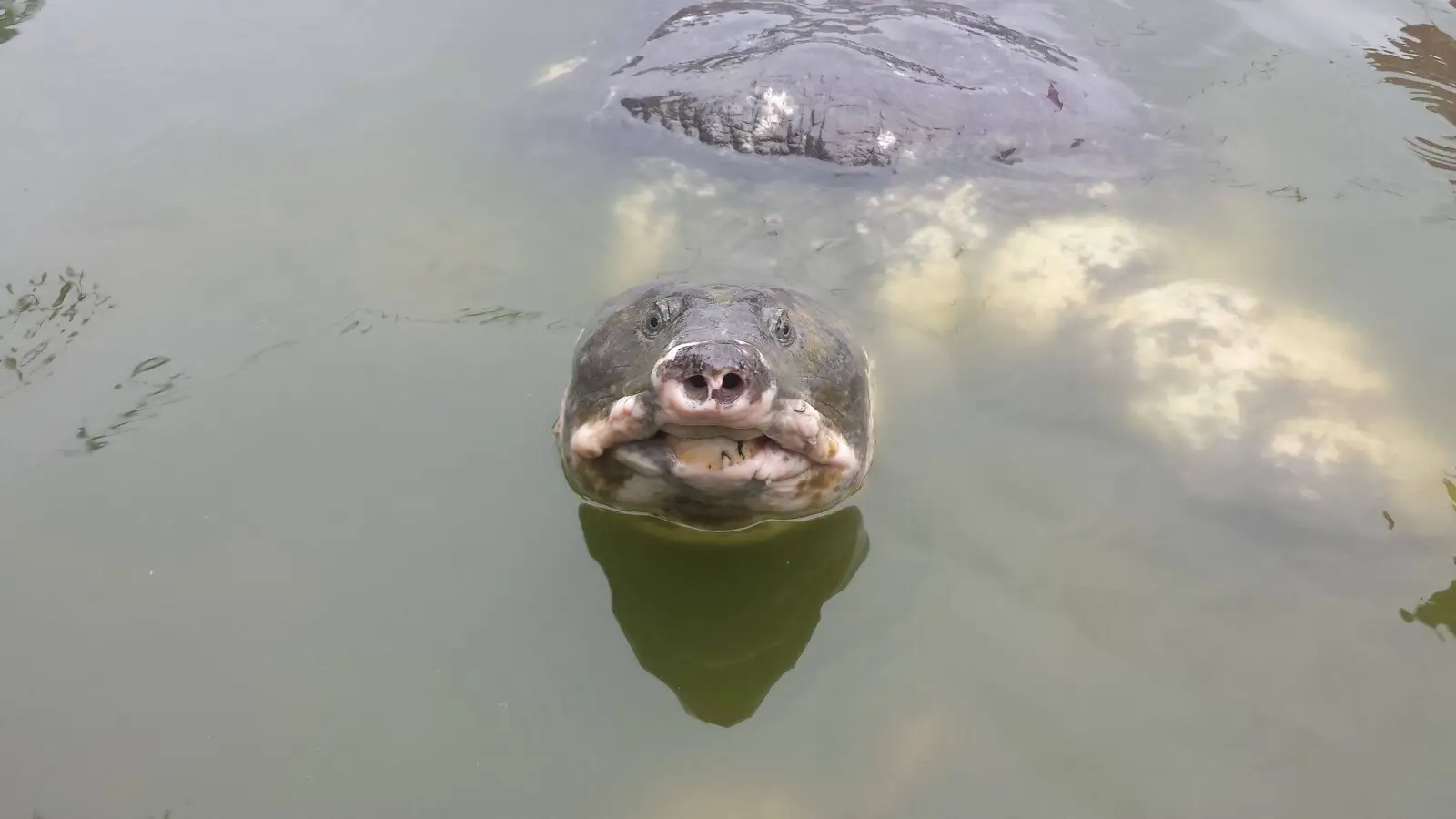Some endangered animals get all the love—pandas, polar bears, sea turtles with their little flipper flails. We cry over their documentaries, buy plushies, and sign petitions like it’s our side hustle. But what about the weird ones? The unphotogenic ones? The glow-in-the-dark frogs, ancient lava-lizard things, and birds with better mohawks than your high school crush? Yeah—they’re going extinct too. And no one’s talking about it.
While the world’s busy obsessing over the A-listers of the animal kingdom, dozens of wild species have quietly been added to the endangered list in the past year—and some of them are so rare, most people don’t even know they exist. But that doesn’t mean they matter any less. In fact, losing them could be an even bigger blow to their ecosystems than we realize. So if you’re ready to meet the underdogs, the oddballs, and the absolutely adorable weirdos fighting for survival, this list is for you. Let’s give these creatures their overdue main-character moment.
1. Black Softshell Turtle
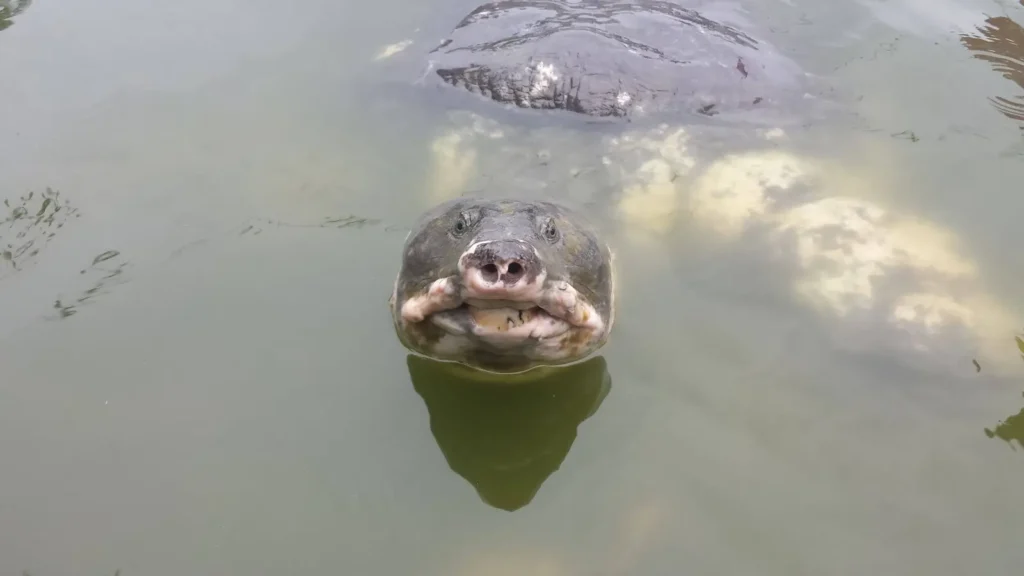
This pancake-shaped reptile looks like it was designed by a five-year-old with a love for blobs and flippers. Native to northeastern India and parts of Bangladesh, the black softshell turtle was once revered in temple ponds, but now it’s officially in deep trouble. Once believed extinct in the wild, small populations were recently rediscovered, sparking hope—and major conservation concern. According to The Sentinel, habitat destruction and religious harvesting have devastated its numbers, despite temple caretakers keeping them alive in captivity.
The problem? Temple turtles aren’t exactly wild turtles—they’ve become couch potatoes in sacred ponds, and reintroducing them into the wild is proving tricky. Plus, the wetlands they once called home are vanishing thanks to urbanization and pollution. Conservationists are now scrambling to balance cultural tradition with ecological urgency. While turtles may not be cuddly, these guys are sacred and seriously endangered. So the next time someone tells you all turtles are fine, send them this link and a respectful eye roll. This species is proof that sacred doesn’t mean safe.
2. Daggernose Shark
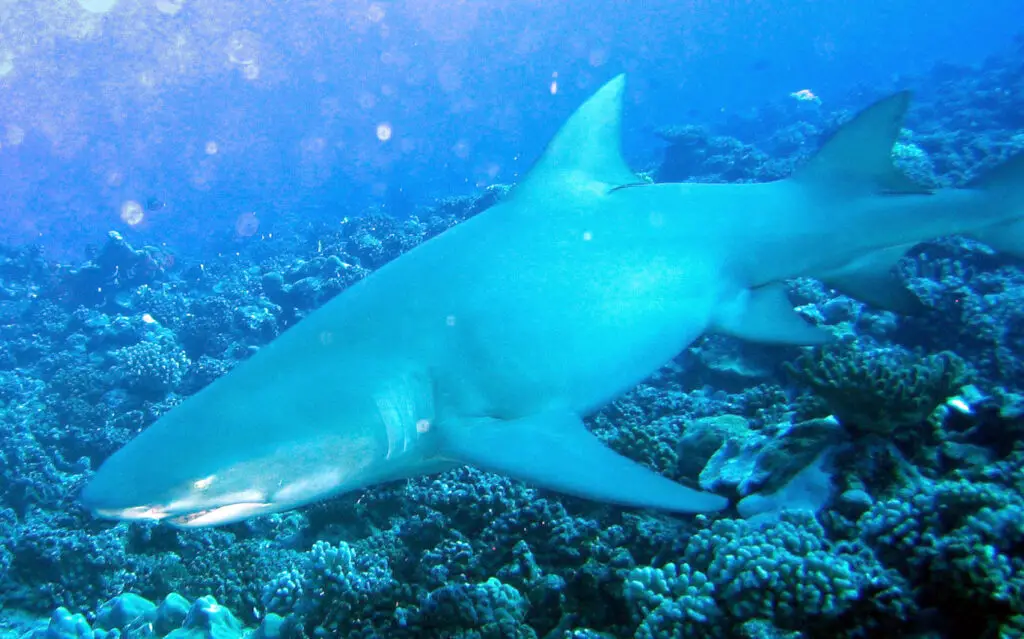
Sounds like a villain in a Marvel spinoff, but the daggernose shark is more endangered than infamous. This pointy-snouted predator lives off the northern coast of South America, in murky, shallow waters—aka prime real estate for coastal development and fishing nets. Overfishing and bycatch have nearly wiped them out, and now they’re listed as critically endangered. A report from NOAA Fisheries calls them one of the most overlooked shark species in conservation.
Which is wild, because this shark isn’t just rare—it’s vanishing. With a slow reproductive rate and highly specific habitat needs, it can’t bounce back like other species. Plus, it’s often caught by accident, then tossed aside like aquatic trash. The daggernose doesn’t get flashy awareness campaigns like great whites or hammerheads, but it absolutely deserves one. Its extinction would not only impact marine ecosystems, but also signal yet another blind spot in ocean conservation. Basically, this shark needs PR help—and, you know, legal protection. Let’s save the daggernose before it becomes just a fun trivia fact.
3. White-bellied Heron
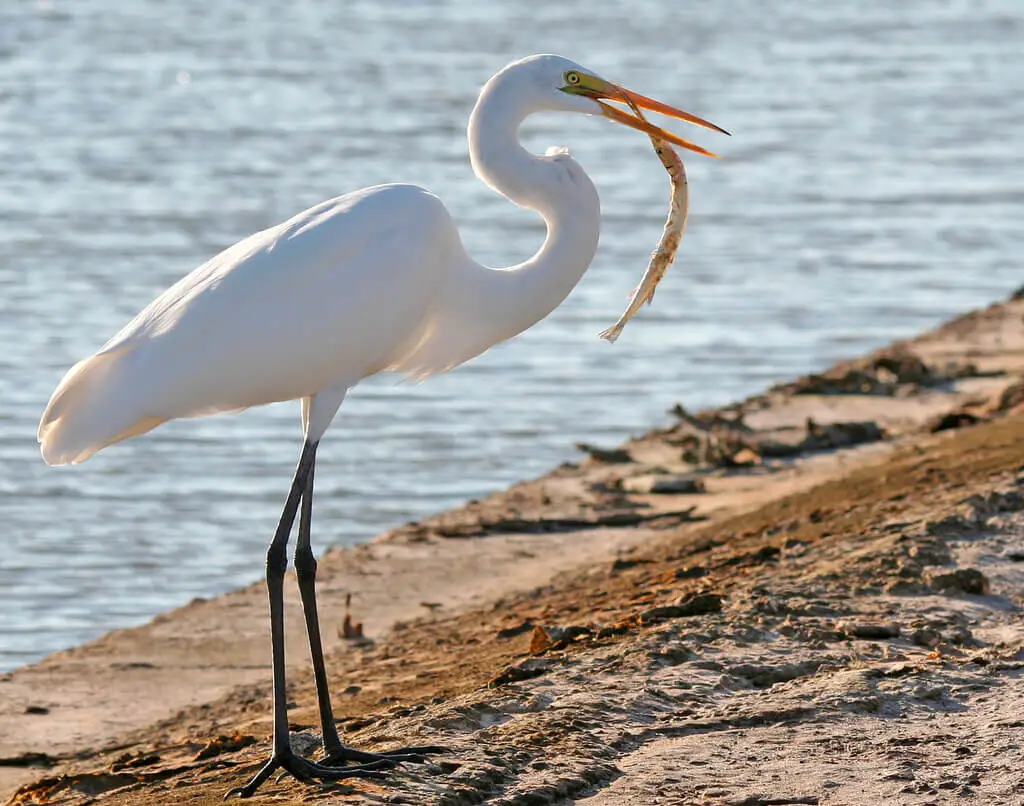
This tall, regal bird is basically the Victoria Beckham of the heron world—rare, elegant, and never seen at the party. Found mostly in Bhutan, northeast India, and parts of Myanmar, the white-bellied heron is down to a frighteningly small population of around 50 individuals. You read that right: fifty. The Tropical Resource Institute recently featured it as one of the most endangered birds in the world, citing habitat loss, dam construction, and human encroachment as key threats.
This bird needs big, undisturbed river habitats—something that’s getting harder to find in its home range. And unlike city pigeons that thrive on chaos, the white-bellied heron is a sensitive soul that doesn’t do well with human disruption. Conservationists are racing to protect its last nesting grounds, but the clock is ticking. Unlike its loud, attention-seeking cousins, this heron flies under the radar, literally and metaphorically. But its decline tells a bigger story about river ecosystems and how fragile they really are. This bird might not make headlines, but it should be making history lessons. Protecting it means protecting a whole world of biodiversity we’re barely paying attention to.
4. Zombie Ant Fungus (Yes, Really)

Okay, technically this one’s a fungus—but hear me out. The Ophiocordyceps unilateralis, aka the “zombie-ant fungus,” is a parasitic species famous for taking over ants’ bodies, forcing them to climb to high spots, and then bursting out of their heads to release spores. Sounds metal. But here’s the kicker: it’s also endangered. A recent NatGeo piece highlighted how habitat loss in tropical forests is putting this macabre marvel at risk.
As deforestation wipes out biodiversity hotspots in the Amazon and Southeast Asia, species like this weird little fungus are disappearing along with the trees. It may not seem like a huge loss, but this fungus plays a surprisingly important role in regulating insect populations. Plus, it’s being studied for potential applications in medicine and bioengineering. Its endangerment proves that even nature’s strangest horror stories deserve a happy ending. The zombie ant fungus is a reminder that even microscopic drama queens need saving. Also, it’s way cooler than pandas. Just saying.
5. Somali Sengi (a.k.a. The Elephant Shrew)

It has the nose of an anteater, the speed of a roadrunner, and the charisma of a Disney sidekick—meet the Somali sengi. Once thought to be extinct for over 50 years, this tiny mammal was rediscovered in 2020… and is already back on the endangered list. Found in the rocky deserts of the Horn of Africa, the Somali sengi’s biggest threats are habitat degradation and lack of formal protection. Mongabay covered its dramatic comeback, but the buzz didn’t last long.
Despite its cuteness and comeback story, it hasn’t received the conservation funding or protection it desperately needs. With a tiny range and increasing land use pressures, it’s on the verge of vanishing all over again. This is the kind of story that should have had a happy ending—but instead, it’s teetering on a sequel we didn’t ask for. The Somali sengi proves that rediscovery isn’t the same as recovery. And if we don’t act fast, this adorable speed demon could disappear again—this time for good. Let’s not make that mistake.
6. Jackson’s Climbing Salamander
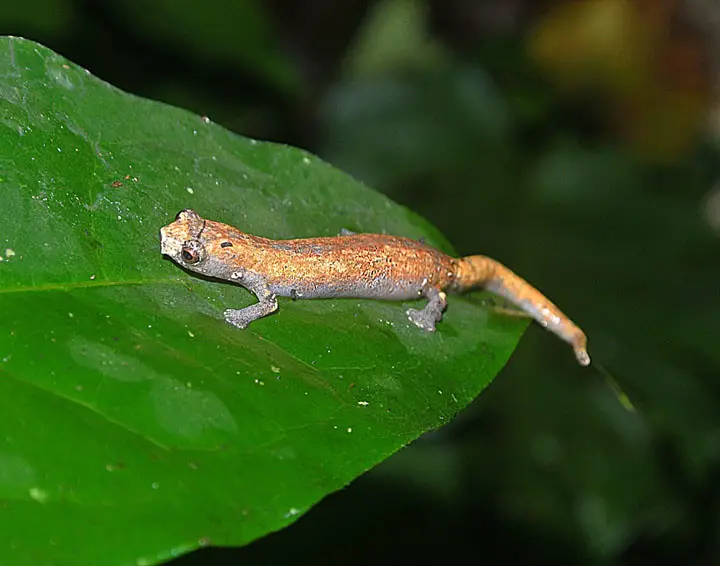
If Lisa Frank ever designed a lizard, this would be it. With neon yellow sides and an emo black-and-white body, the Jackson’s climbing salamander is basically a highlighter with limbs. It vanished from sight for nearly 40 years before being spotted again in the cloud forests of Guatemala—and now it’s barely hanging on. The problem? Logging, agriculture, and climate change have turned its lush, misty habitat into a fragmented mess.
These salamanders don’t do well with change, so any disruption sends their tiny population into survival mode. They’re also super shy, which makes studying them a challenge. Conservationists are racing to secure the last patches of forest they call home. No one wants to lose an animal that looks like it fell out of an 80s arcade game. If coolness alone could save a species, this one would be thriving.
7. Saola (a.k.a. The Asian Unicorn)
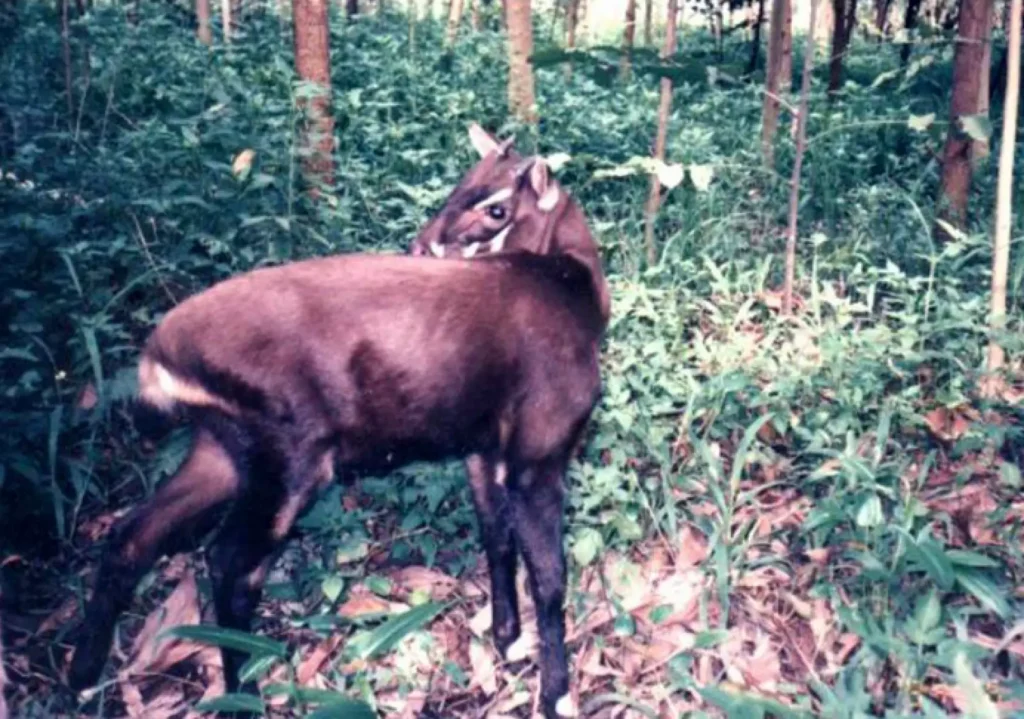
You’d think something called the “Asian unicorn” would be getting non-stop press—but nope, the saola is more elusive than a Taylor Swift ticket drop. Native to the Annamite Mountains between Laos and Vietnam, this gentle antelope-like creature is incredibly rare. Like, “we’ve seen it maybe four times in the wild ever” rare. Its biggest threats are snares and traps set for other animals, which means it’s not even being hunted—just accidentally wiped out. That’s the tragic part: it’s dying by association.
No one knows exactly how many are left, but estimates are in the double digits. Breeding programs are tricky because they’re so rare, and we barely understand their biology. Yet here it is, hanging on in myth-like obscurity. If Bigfoot were real and also quietly endangered, it would be the saola. Let’s not let this living legend vanish before we even get to know it.
8. Northern Bald Ibis
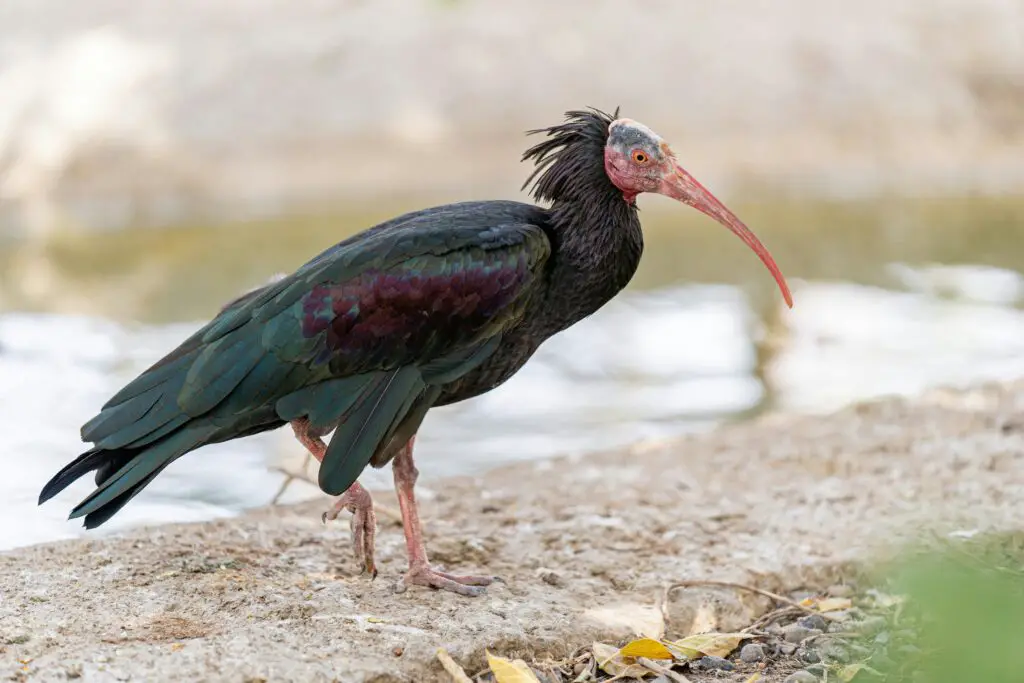
The name isn’t doing it any favors, but this bird has personality for days. With a shiny bald head and a spiky mohawk of feathers, the northern bald ibis looks like it should be fronting a punk rock band. Once widespread across Europe, the Middle East, and North Africa, it’s now clinging to survival in just a few tiny areas. Habitat loss, hunting, and pesticide use have decimated its population. It was considered extinct in Europe until a few years ago, when rewilding efforts brought a handful back.
These birds are social, quirky, and weirdly endearing once you get past the vulture aesthetic. Conservationists are now training them to migrate using ultralight aircraft—basically bird flight school. They’re slowly making a comeback, but one bad year could set everything back. If “don’t judge a book by its cover” was a bird, this would be it. Bald, yes. Boring? Absolutely not.
9. Pygmy Three-Toed Sloth
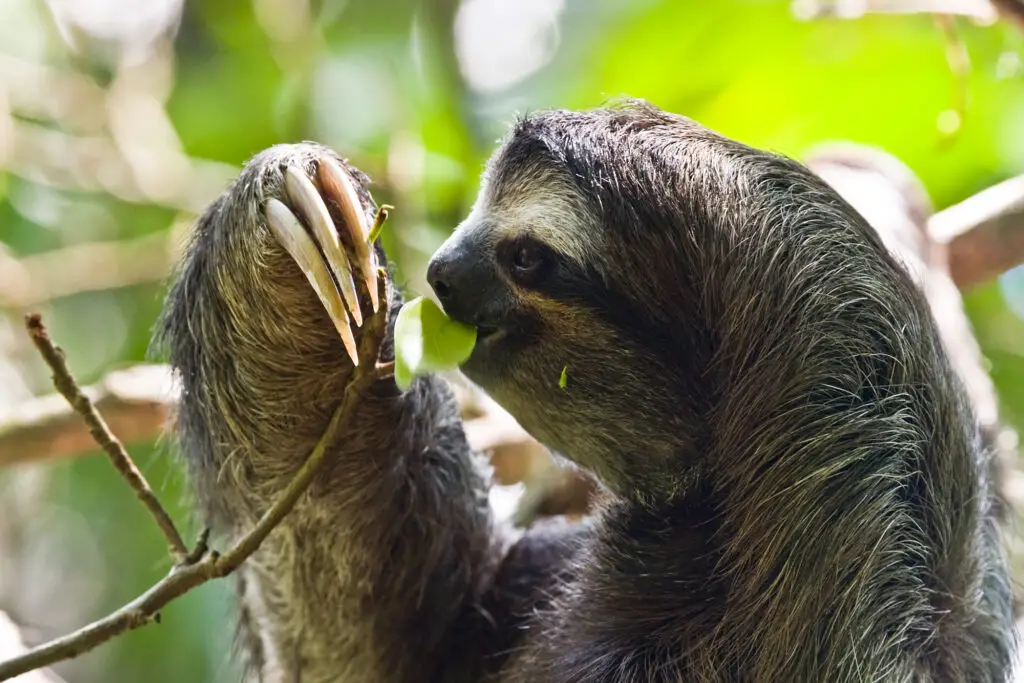
You’ve heard of regular sloths, but let me introduce their bite-sized cousin. The pygmy three-toed sloth is about half the size and twice the adorable, living exclusively on one tiny island off the coast of Panama. Yes, one island. It survives on mangrove leaves and sheer chill vibes, but habitat loss and human intrusion have put it on the edge. Because they’re so slow, they’re incredibly vulnerable to predators and habitat destruction. Even small changes—like increased tourism or logging—can wreck their entire ecosystem.
Their population is estimated to be under 100, which makes every single sloth kind of a national treasure. Unfortunately, their cuteness hasn’t translated to major conservation dollars. These guys need protection, not just likes on Instagram. If slow and steady really wins the race, we need to make sure there’s still a race to win.
10. Titicaca Water Frog
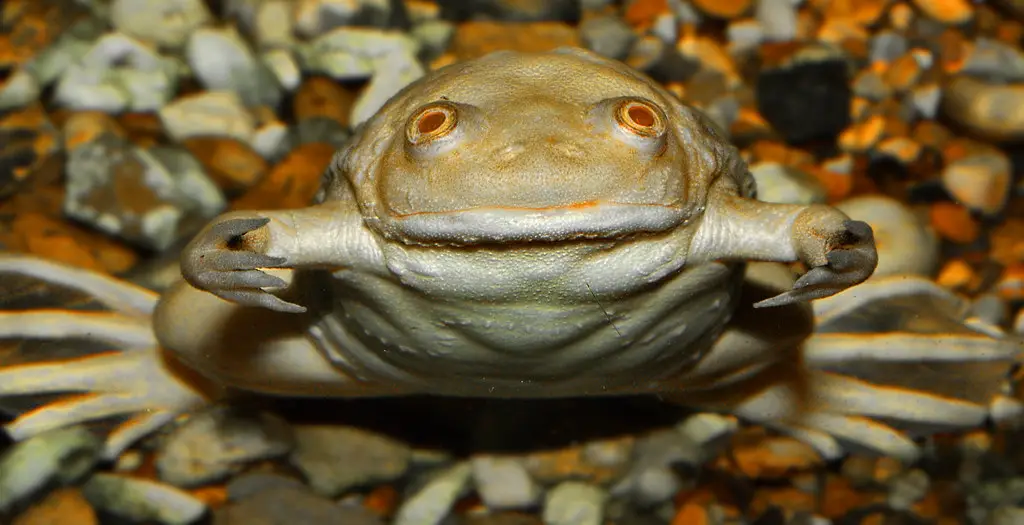
Imagine a frog with baggy skin that looks like it’s wearing a Shar-Pei costume—that’s the Titicaca water frog. Endemic to Lake Titicaca on the Peru-Bolivia border, this underwater oddball breathes through its skin folds and never leaves the water. Sadly, its numbers are tanking fast. Pollution, invasive species, and illegal collection for folk remedies have all taken their toll. Locals used to call it “scrotum frog” (we don’t make the rules), but now it’s being rebranded to spark conservation interest.
It may look like a prank gone wrong, but this frog plays a key role in its lake’s ecosystem. It also has the kind of weird that makes scientists very interested in studying it. With only a few strongholds left, saving it means cleaning up the entire lake. Which, frankly, would help everybody. Weird? Yes. Worth saving? Absolutely.
11. Roloway Monkey

This monkey looks like it stepped out of a Renaissance portrait—with a long white beard, expressive eyes, and regal posture. Native to West Africa, specifically Côte d’Ivoire and Ghana, the Roloway monkey is one of the most endangered primates in the world. Habitat loss and hunting for bushmeat have pushed it to the brink. There are likely fewer than 200 left in the wild, and captive breeding has proven tough. They’re also naturally wary of humans—understandably—so research is difficult. But that makes protecting them even more urgent. Their forests are disappearing fast, and without intervention, they’ll disappear too.
They’re quiet, thoughtful, and stunningly beautiful creatures. They don’t throw tantrums like chimps or mug for the camera, which is probably why they’re being overlooked. If we lose them, we lose an entire evolutionary branch of grace and mystery.
12. Giant Chinese Salamander
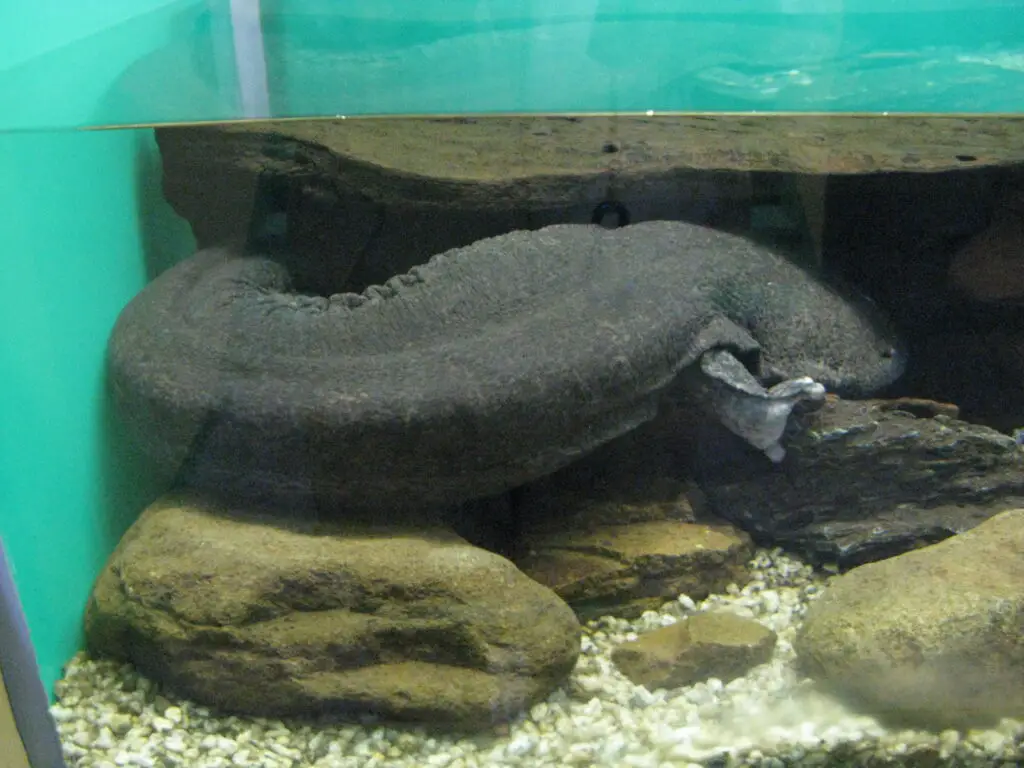
The world’s largest amphibian—and one of the weirdest—is vanishing before most people even knew it existed. The giant Chinese salamander can grow over five feet long and looks like a walking lava rock with googly eyes. It once thrived in rivers and streams across China, but habitat destruction and overharvesting for food have decimated wild populations. Despite being farmed in massive numbers, the wild ones are genetically distinct—and nearly gone. It’s a textbook case of conservation confusion: breeding doesn’t always equal saving.
These ancient creatures have been around since the time of dinosaurs, but we may outlive them by sheer negligence. Their low-key existence and lack of cuddly appeal haven’t helped their PR. But they’re incredible, ancient, and biologically irreplaceable. Basically, they’re living fossils with gills. And yes, they absolutely deserve better than ending up in a soup.
13. Philippine Eagle

Nicknamed the “Monkey-eating Eagle,” this bird is massive, gorgeous, and in deep trouble. With a wingspan over seven feet and a killer gaze that could melt steel, the Philippine eagle is one of the world’s largest raptors. It’s also one of the most endangered, with fewer than 400 individuals estimated in the wild. Logging, mining, and deforestation have destroyed their old-growth forest homes.
They’re monogamous, raise one chick at a time, and need a lot of territory—basically, they’re introverts with high standards. That makes conservation tough. But when you see one in flight, you get why it matters. It’s not just a bird—it’s a national symbol, a sky god, a feathered apex of the food chain. Saving it isn’t just about the eagle—it’s about preserving an entire ecosystem from the canopy down.
14. Vaquita
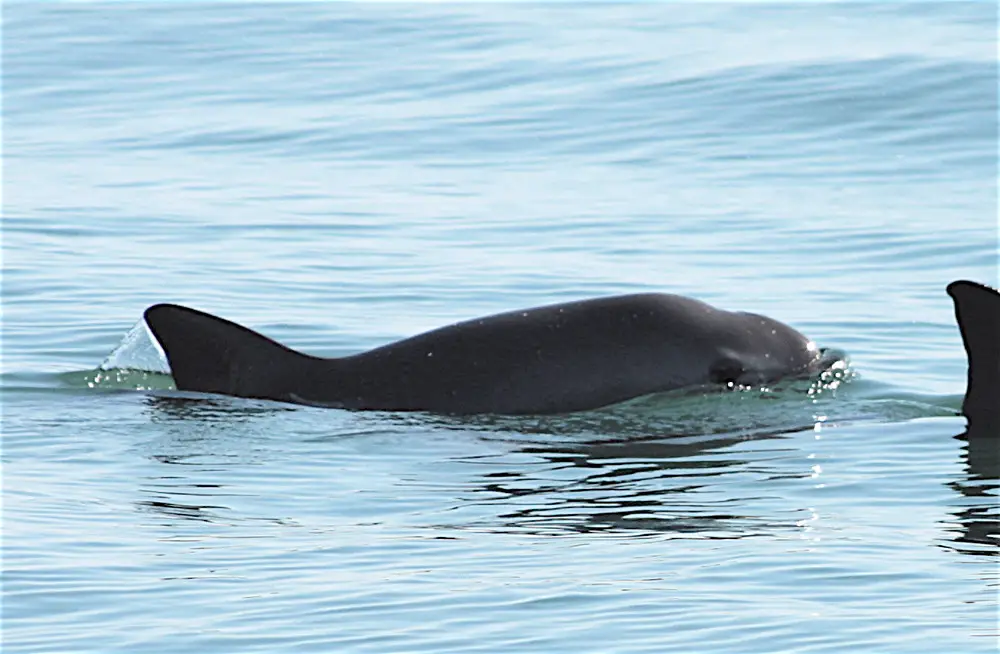
The vaquita is the world’s rarest marine mammal—and possibly the saddest conservation story still in motion. Native to the northern Gulf of California, this tiny porpoise has a sweet little face and a tragic backstory. Illegal fishing practices, specifically gillnets used for catching totoaba (another endangered fish), are killing vaquitas as bycatch. The population has dropped to an estimated 10 individuals. Ten. Scientists are doing everything they can, from bans to rescue attempts, but the window is closing fast. They don’t breed well in captivity, and capturing them for protection has proven risky.
Every single vaquita left matters—like, literal last-chance level. And yet, it still hasn’t broken through the public’s extinction fatigue. This is the most endangered animal you’ve never heard of, and if we don’t act fast, it’ll be the one we never get to see again.
15. Gooty Sapphire Tarantula
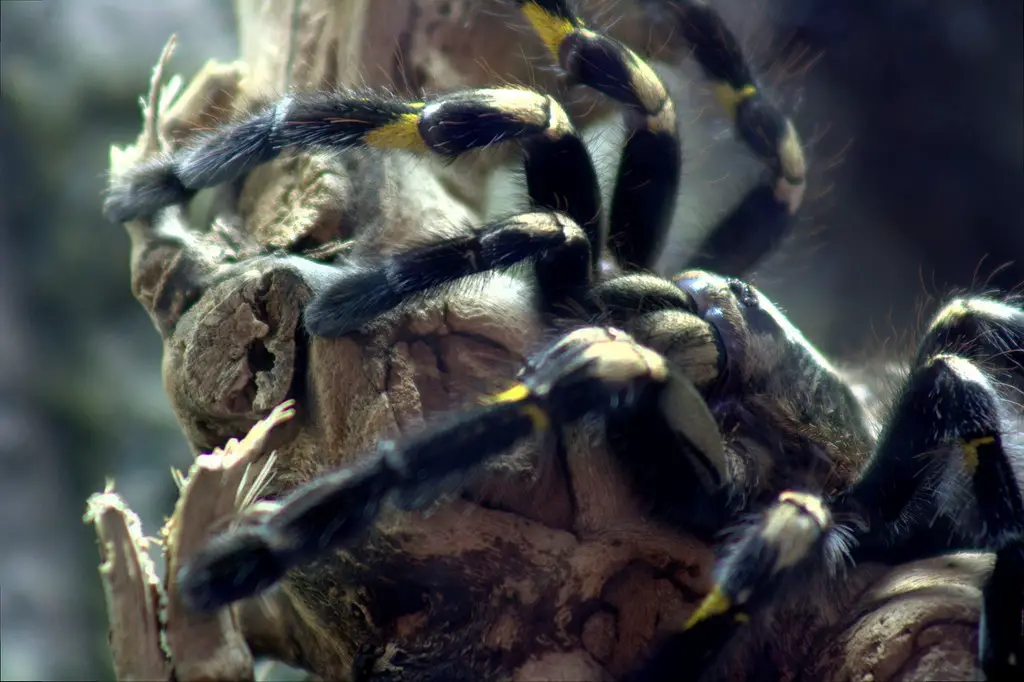
Yes, it’s a spider—but it’s a stunning spider. The Gooty sapphire tarantula looks like it was dipped in iridescent blue paint and sprinkled with glitter. Native to one small forest in India, it’s both critically endangered and wildly popular in the exotic pet trade. That’s a bad combo. Over-collection and habitat loss have pushed it to the edge, and since it lives in such a specific environment, even small changes have big consequences. Despite its glam looks, it’s not venomous to humans and prefers to hide rather than fight.
Conservationists are pushing to protect its last habitat from logging and development. Meanwhile, online sales continue to put pressure on wild populations. This tarantula proves that beauty doesn’t equal safety. If anything, it’s made the problem worse. Protecting it means choosing wild sparkle over selfish collection.

